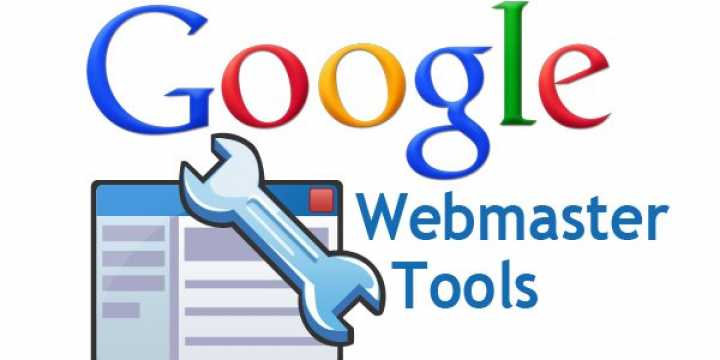If you’re trying to top Google’s search engine results pages (SERPs), then what better tools to use than those created by the search giant itself.
Here are five of the best SEO tools that can help everyone in the online content sphere, from salespeople and content editors to strategists and SEOs, all created by Google.
Google Ads Keyword Planner
Used to uncover relevant keywords as well as their cost per click and more, the Google Ads Keyword Planner is free to use and can provide a range of search volumes to indicate keyword popularity. If you want to get specific numbers you will have to start paying. For more focused data, download your keyword list and tick the option to segment by month to see the popularity of keywords month by month.
Google Trends
Tracking the seasonality of search terms and topics is incredibly easy with Google Trends. Adjust dates to view historical interest spikes and view breakout and popular keywords from different time periods.
As well as providing seasonality, Trends is fantastic for supplying geographical locations so you can see where the chosen topic has been the most popular.
Google Trends also provides the top and rising queries related to the topic that you have searched, which can be very useful for understanding how a trend is moving or changing.
At present the tool uses an index as a way to show how interest changes, but does not reveal exact search volumes.
When using Trends, always investigate the peaks and troughs before making predictions – try looking back over a few more years – as one-off events could have had an impact on interest.
Google Autocomplete in an incognito tab
Arguably one of the most overlooked features, incognito search allows you to gain an unbiased look into suggestions that Google is providing based on what people have been searching for recently.
It only provides you with about 10 results each time and you must be in an incognito or private environment to see the benefit, otherwise your previous browsing behaviour will skew your results.
Google Analytics
This tool allows you to look at the analytics of your website, including how much traffic is coming in and the keywords driving users to it.
The Google Analytics Users Flow report is a great part of the tool that allows you to see how users travel through your website. Some journeys will be very popular, but as you get deeper you will understand how to gently guide your users to valuable/converting web pages.
Without technical knowledge, Google Analytics can be a confusing tool to master. There are lots of dashboards and it also requires you to add JavaScript to your website to retrieve the data for which you are searching.
To fully understand how traffic moves around your site, create easy user flow reports with various segments.
Google Search Console
Previously known as Google Webmaster Tools, Search Console allows users to check in on rankings, organic traffic and general site health.
For the beginner, seeing the keywords you’re ranking for, as well as impressions, clicks and more detailed data, you can better reposition yourself to target opportunities that may be currently out of reach.
For the more experienced user, error messages provide insights into ways you could better optimise your site. Plus, the ability to submit sitemaps makes otherwise complicated tasks – such as migrations – that bit easier. The tool is as close as one can get to personalised guidance from the search giant.



